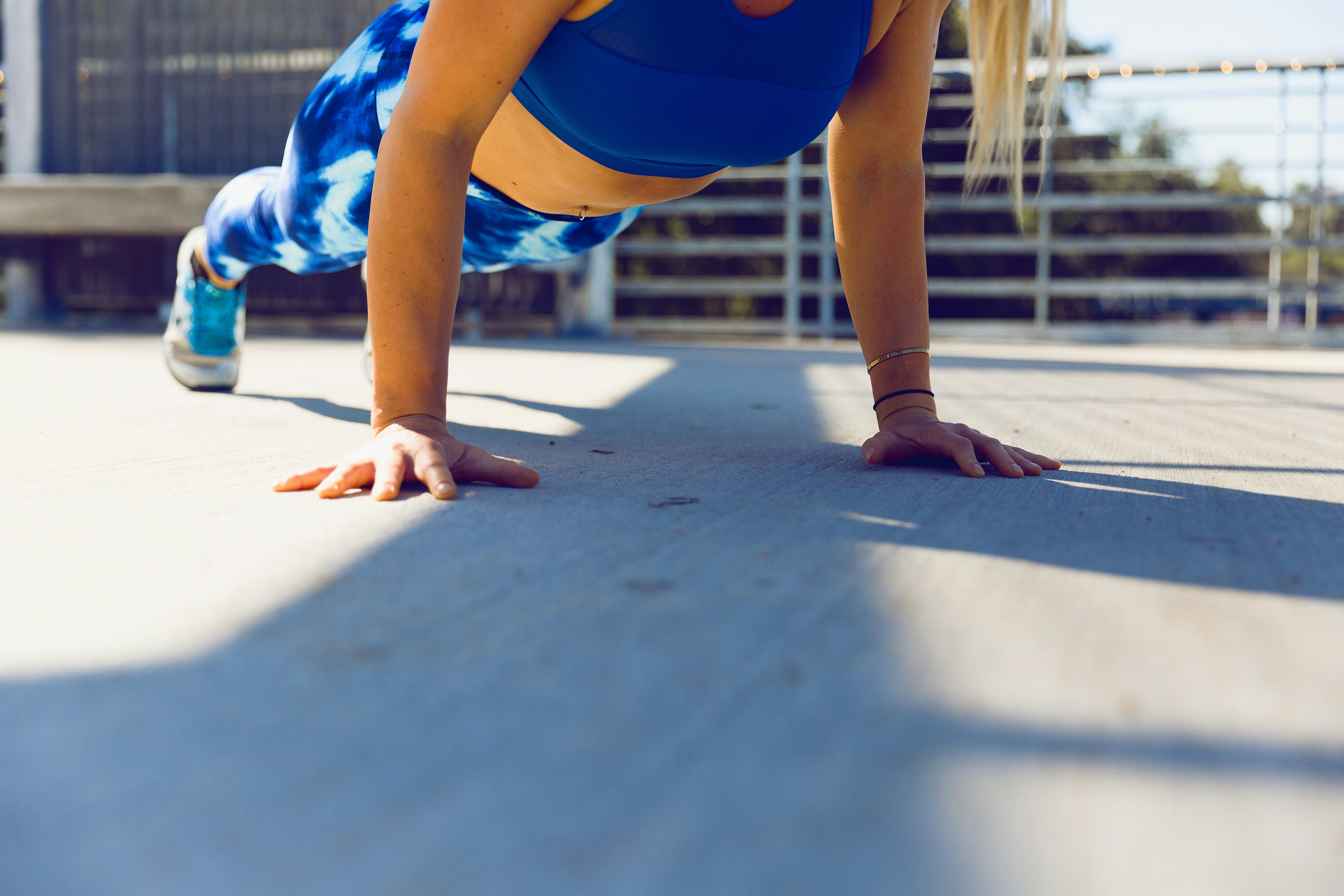Benefits of Planks, Proper Form, and Variations

1. The Core of the Matter: Benefits of Planks
Planks are the Swiss Army knife of exercises. They're deceptively simple but incredibly effective. Here's why you should incorporate them into your routine:
Full-Body Engagement: Planks are a full-body workout. They engage your shoulders, chest, back, core, glutes, and legs. It's like a mini workout in one move!
Improves Core Strength and Stability: Regularly performing planks can help to build your deep inner core muscles. A strong core, in turn, can help to improve your balance and stability in everyday activities.
Enhances Flexibility: While planks are primarily known for building strength, they also stretch and expand various muscle groups, contributing to improved overall flexibility.
Convenience: No equipment? No problem! Planks can be done anywhere, anytime. All you need is a little space and your own body weight.
2. Perfect Your Plank: Proper Form
Now, let's get into the nitty-gritty of the plank - the form. A perfect plank is all about alignment and control. Here's how to do it right:
Starting Position: Begin in a push-up position. Your arms should be directly under your shoulders and your legs extended behind you.
Engage Your Core: Imagine you're trying to pull your belly button up towards your spine. This will help to engage your core and keep your body in a straight line.
Align Your Body: Your body should form a straight line from your head to your heels. Be careful not to let your hips sag or pike up.
Breathe: Don't forget to breathe! It's common for people to hold their breath while planking, but steady breathing will help you to hold the position longer.
3. Mix It Up: Plank Variations
Once you've mastered the standard plank, it's time to mix things up. Here are some variations to keep your workouts challenging and fun:
Side Plank: This variation targets your obliques and helps to improve your balance. Transition from a standard plank to a side plank by rotating your body and stacking one foot on top of the other.
Plank with Leg Lift: Lift one leg off the ground while holding a standard plank. This adds an extra challenge for your core and glutes.
Commando Plank: Start in a standard plank, then lower down onto your forearms and push back up to the starting position. This variation is great for building upper body strength.
And there you have it - a deep dive into the world of planks. Remember, the key to seeing results is consistency and proper form. So, incorporate these variations into your routine, focus on maintaining a good form, and watch as your strength and stability improve. Happy planking!


